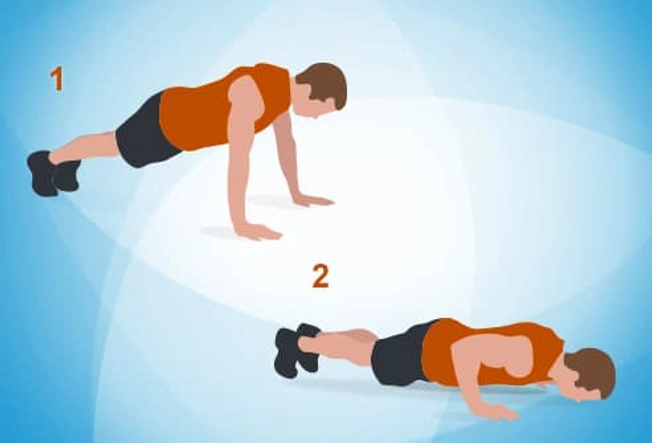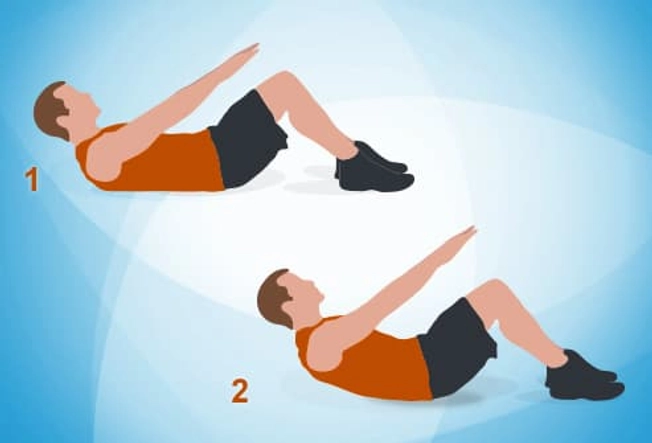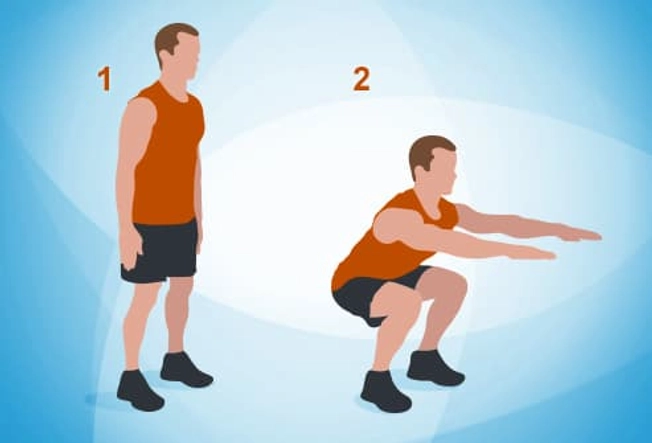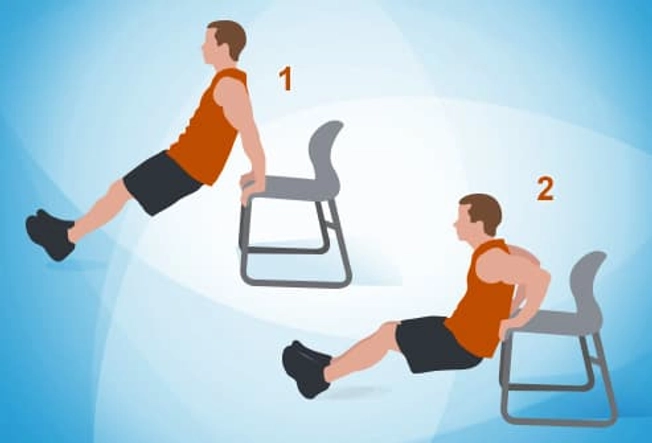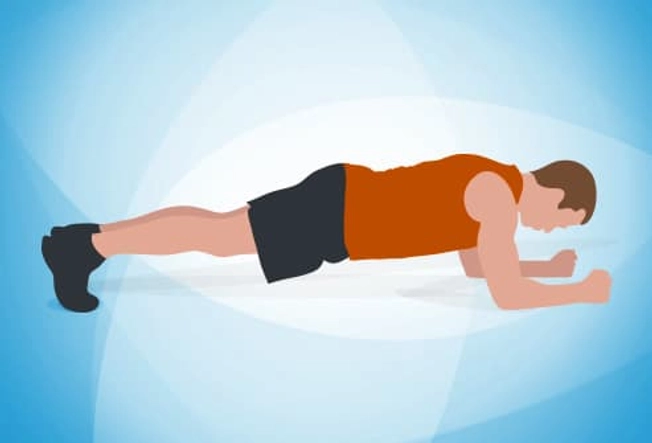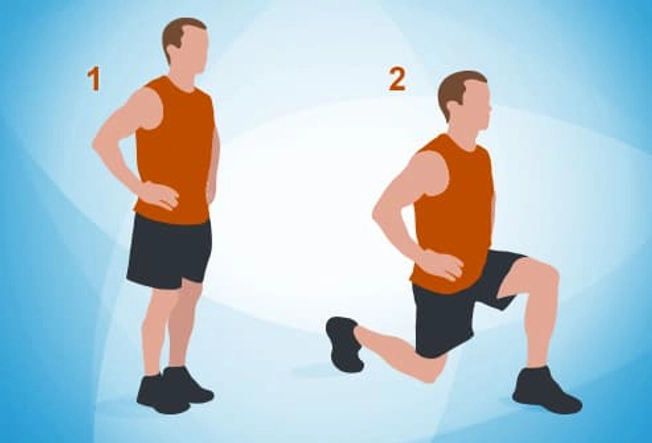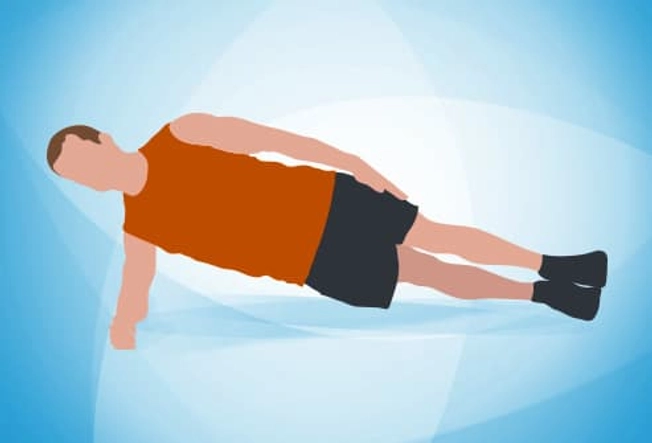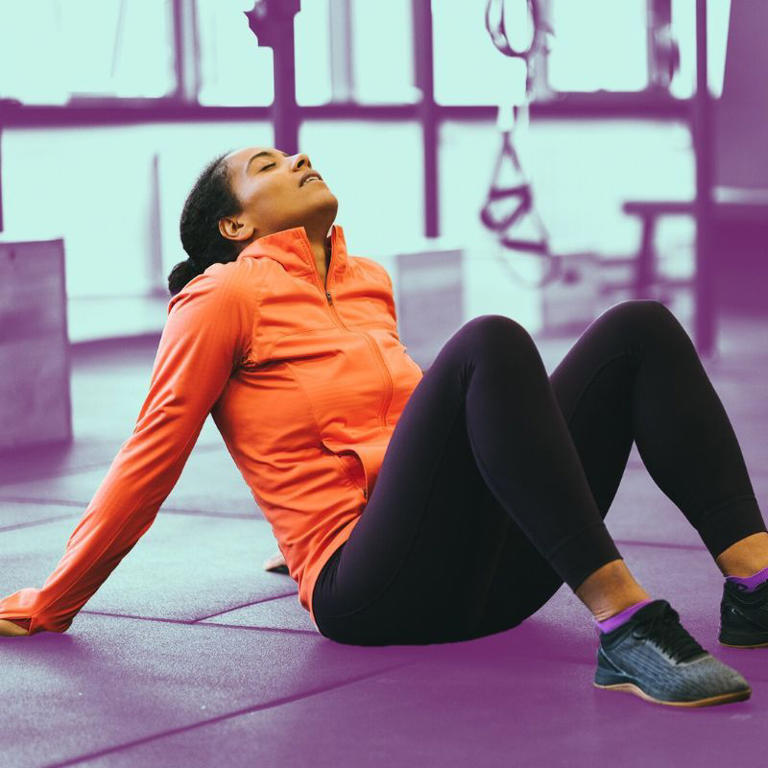Many Americans apparently think about their workout routines in the same way they think of their romantic partners — and that’s not a compliment. A new survey finds that over half of Americans stick with the same old exercises for the same reason they choose to stick it out with a less-than-exciting partner — it’s easier than moving on!

That’s according to a survey of 2,000 Americans who work out at least once a week. The poll also finds that one in five Americans find it harder to commit to a fitness routine than a partner. Over the last 10 years, Americans tried about five different workout regimens and had four different, serious partners.
More than two-thirds (68%) are likely to stick with a workout routine that doesn’t necessarily work for them simply because it’s comfortable. More than half (53%) of respondents are likely to stay with the wrong partner for the same reason!
Conducted by OnePoll on behalf of Freeletics, the survey digs into the idea of what makes a “perfect match.” The results reveal that it’s most closely defined as something or someone who helps them reach their goals (66%). Others say it’s something or someone who gives them warm, fuzzy feelings (61%) or someone or something who pushes them to be the best version of themselves (47%).
The average American has already found four perfect matches and those include their best friend (46%), therapist or psychiatrist (41%), partner (41%), doctor (40%), and even a gym (32%).
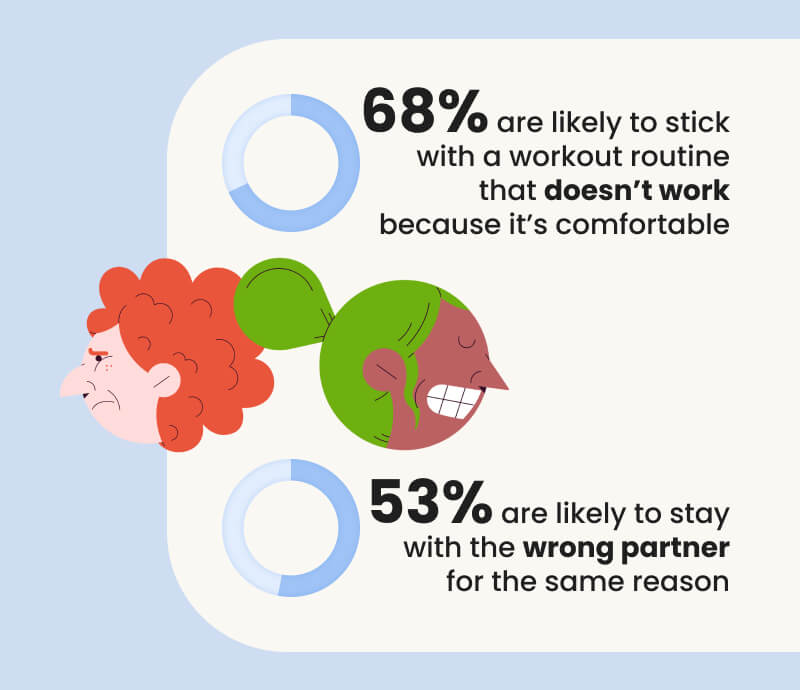
While 45 percent have already found their perfect workout, 24 percent are still searching for it.
The survey also uncovered the biggest deterrents when it comes to both relationships and workout routines. When starting a new romantic relationship, top dealbreakers include the amount of money they’d have to spend on their partner (52%), where they live (52%), and how much time they’d need to dedicate to them (40%).
Interestingly, those same three factors are the top dealbreakers when starting a new fitness routine. Beyond that, respondents also consider if they actually enjoy doing the routine (27%).
When combining those two aspects of life, a little more than one-third (35%) believe that working out with a partner would help them achieve their fitness goals.
“The data shows that balancing fitness and romantic relationships often involves navigating the same waters – time investment, cost considerations, and finding joy in the process,” says spokesperson Confidence F. Udegbue, Director of Product and UX at Freeletics, in a statement. “This common ground highlights how intertwined our personal well-being and relationships can be, influencing our decisions in health and love.”

Though 20 percent of respondents struggle more with the initial commitment to a fitness routine, a similar number (22%) find it more difficult to let it go when it’s time to change their routine. When it comes time to leave a workout regimen in the past, respondents experience a multitude of emotions including relief (42%), sadness (41%), anxiety (38%), and even happiness (29%).
This may be why Americans have faced barriers such as time constraints (51%), lack of customizable options (45%) and high costs (44%) when it comes to finding the “perfect” workout. Beyond that, 44 percent admit they simply have a fear of commitment.
At the end of the day, 78 percent of respondents would commit to a workout routine for longer if they knew they’d get the results they’re looking for.
“Not every match is a ‘perfect match,’ and the search can be challenging,” adds spokesperson Daniel Sobhani, CEO of Freeletics. “It’s important to find ways to simplify the fitness journey, such as personalized, adaptive workout plans built by human augmented AI technology. Finding an approach that meets you where you are and that evolves with your needs makes it easier to build and maintain a fitness habit that fits your life for life.”
Survey methodology:
This random double-opt-in survey of 2,000 Americans who work out at least once a week was commissioned by Freeletics between Nov. 27 and Nov. 29, 2023. It was conducted by market research company OnePoll, whose team members are members of the Market Research Society and have corporate membership to the American Association for Public Opinion Research (AAPOR) and the European Society for Opinion and Marketing Research (ESOMAR).


